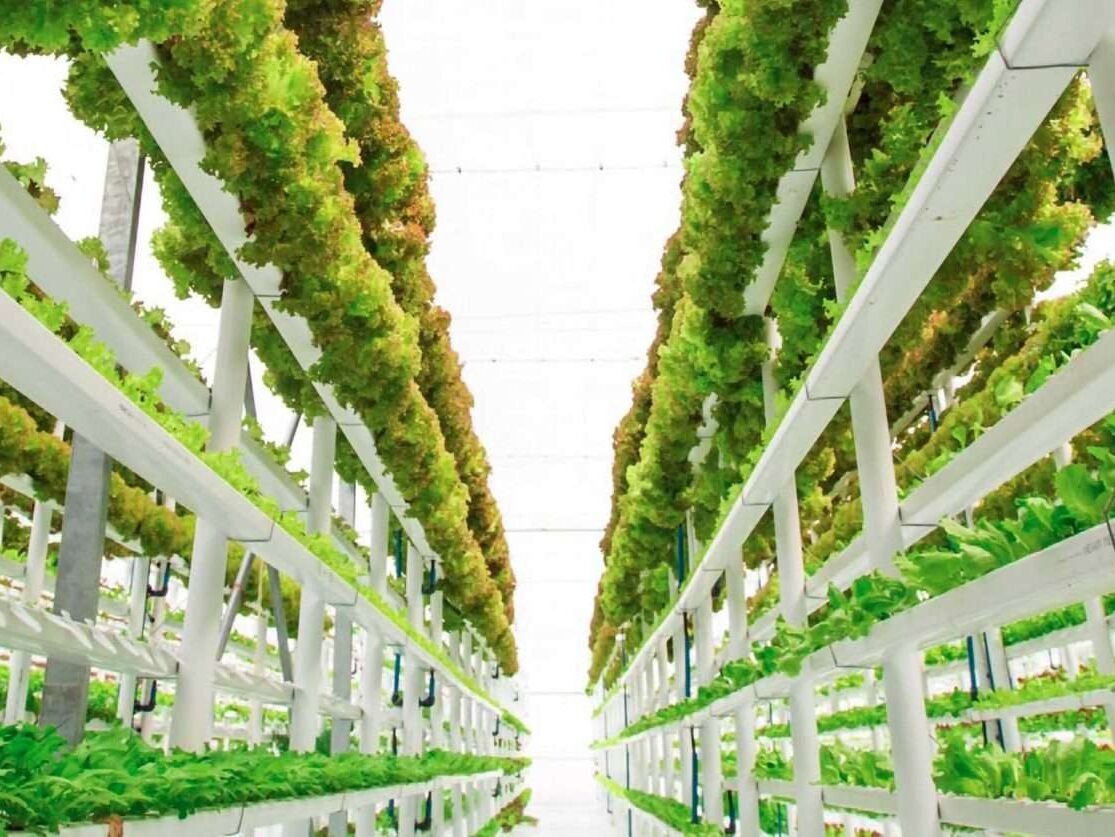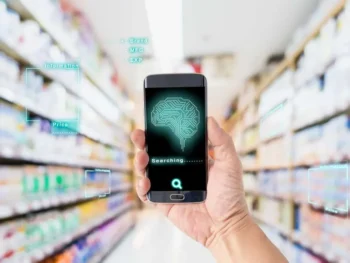Farming and agriculture is one of the most important and oldest professions out there. How we farm and grow crops has changed drastically over the years thanks to changing weather conditions, improved technology, and reduced land to grow crops.
As the population continues to grow and land becomes a scarcity, the need to come up with creative ways to grow crops increases even more. We need to produce more food using less land.
This sounds like a challenge but one that AI is helping solve. Agriculturists and farmers use AI technology to enhance production and make farming safer and easier.
In this article, we’ll talk about AI in farming and agriculture and how it’s changing the landscape.
Let’s get started:
The Role of AI in Farming
Here’s how AI is helping the industry:
Weather Data
Weather changes such as drought and heavy rain can be very bad for the agriculture sector. Being aware of such expected changes can help farmers prepare better and save the crop.
AI is a reliable way to stay updated about the changing weather conditions. This data helps farmers make smart decisions and reduce risk. The best thing is that farmers do not need to be aware of AI in order to make use of this technology.
Monitoring Soil and Crop Health
AI is an efficient way to identify possible nutrient deficiencies and defects in the soil. AI makes use of different technologies including soil recognition to find possible defects. It captures images and studies them to identify the type of soil and its overall condition. This information can even help farmers know the best soil to grow in a specific situation.
There already are deep learning apps that can analyze flora patterns to identify the risk of diseases and pests.
Helping Fisheries
AI can identify sea lice, which can help fishermen save millions of dollars.
Taranis, a start up working globally, is already using this technology to make fishing a better business. It flies HD camera above fields to help identify pests with the help of artificial intelligence. Machines are taught to flag something as small as an insect.
They are faster and more reliable than humans. One of the farmers who uses this technology said: “I think that today, to increase yields in our lots, it’s essential to have a technology that allows us to take decisions immediately.”
Such is the popularity of such technologies that some governments are now planning to make such technologies a standard tool.
Decrease Pesticide Usage
The use of pesticides is a controversial topic. Some experts are against pesticides as they believe that pesticides can be harmful in the long-run and some support their use since they can help keep crops safe.
It doesn’t matter what side you are on, there’s no denying the fact that pesticides can be harmful. We’ve been struggling to find a safer alternative for a while and looks like AI is the solution.
AI can help farmers manage weeds by implementing robotics, machine learning, and computer vision. AI can study data and help farmers know exactly where to use pesticides. This can reduce the usage of chemicals.
AI Agriculture Bots
This is a new technology but it’s fast becoming popular due to how efficient it is. AI-enabled bots help agriculturists find reliable ways to protect their fields from weeds.
Farmers love these bots as they also help solve a major problem – labor challenge. These bots can harvest crops, which reduces the need for humans. They are faster and more affordable in the long-run.
Virgo is a popular robot that’s smart enough to identify ripe fruits – tomatoes in this case – and harvest them gently without causing any harm to the produce or plant. Developed by a Boston company, these robots are expected to be used heavily in 2020.
In addition to this, some bots can use computer vision to monitor the weed and kill them when necessary.
But AI Comes At a Price
This technology is successful but not very affordable for most farmers. The technology is still out of use for many. Bigger farms tried to use computer vision to help identify and remove pigs during the African swine fever in China.
But, more than half of the farms in China could not afford the technology since they’re small. At the end of the day, they lost everything.
“When the fever came, 398 pigs were buried alive,” said one of the farmers. “I really don’t want to raise pigs anymore.”
This resulted in China, the world’s largest pork producing country, to lose about half of its herd in 2019.
The situation isn’t very different in other parts of the world. Recent flooding along the Mississippi River Valley left farmers with no land to plant anything. We know that AI cannot guard against extreme weather changes.
We need a better solution to counter this problem. Some experts believe that indoor vertical farming is the answer.
Vertical Farming – The Solution to Problems
“Indoor growing powered by artificial intelligence is the future,” said Josh Lessing, CEO and co-founder of Root AI, a company that makes robots for indoor farmers.
Many similar businesses are opening around the world. 80 Acres Farms started an automated indoor facility last year that is said to be the first of its kind.
“We can tell when a leaf is developing and if there are any nutrient deficiencies, necrosis, whatever might be happening to the leaf,” explained the CEO. “We can identify pest issues, we can identify a whole variety of things with vision systems today that we can also process.”
Since some crops such as lettuce grow under colored LEDs, it becomes possible to manage the process of photosynthesis. Thanks to these technologies, crops grow at a faster pace and are also more nutrient-rich.
AI-powered farms are attracting a different breed of farmers. These new farmers are more realistic and ambitious. The industry is said to be worth $600 million and is expected to hit the $2.6 billion mark by 2025.



